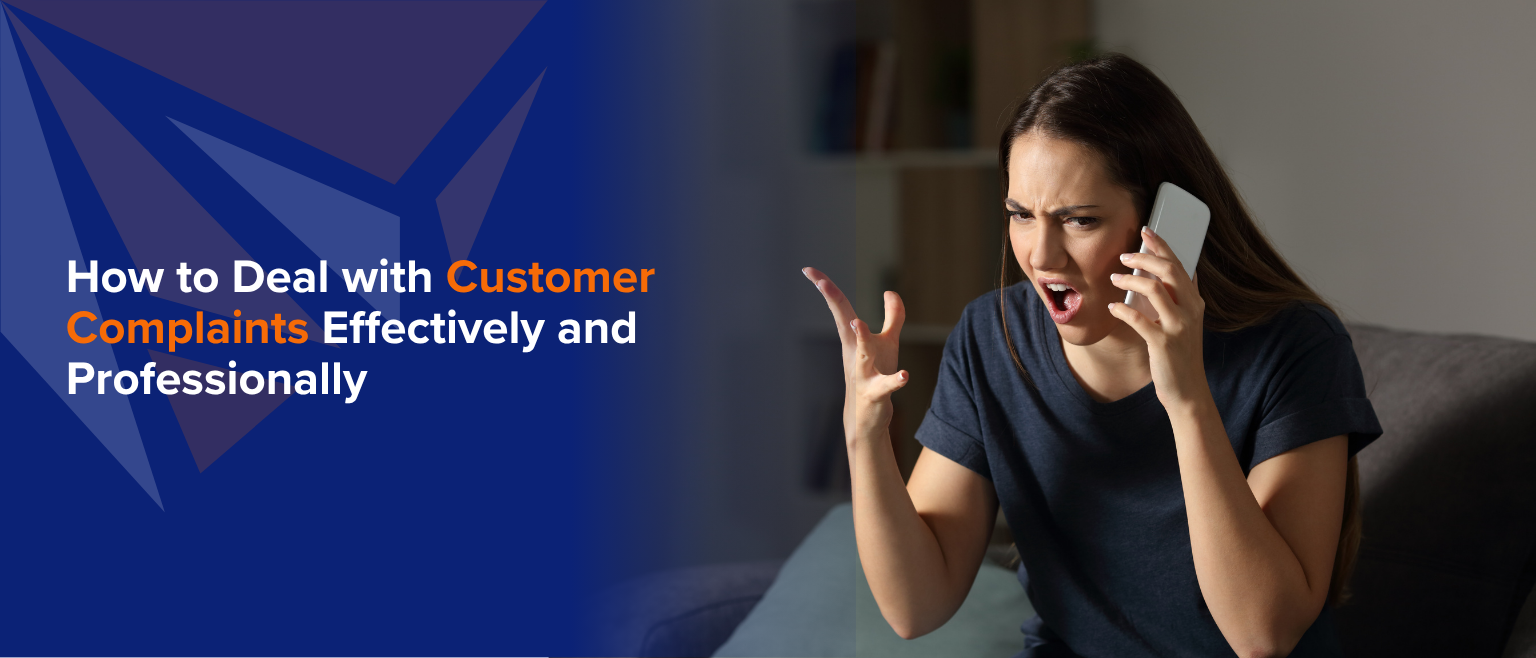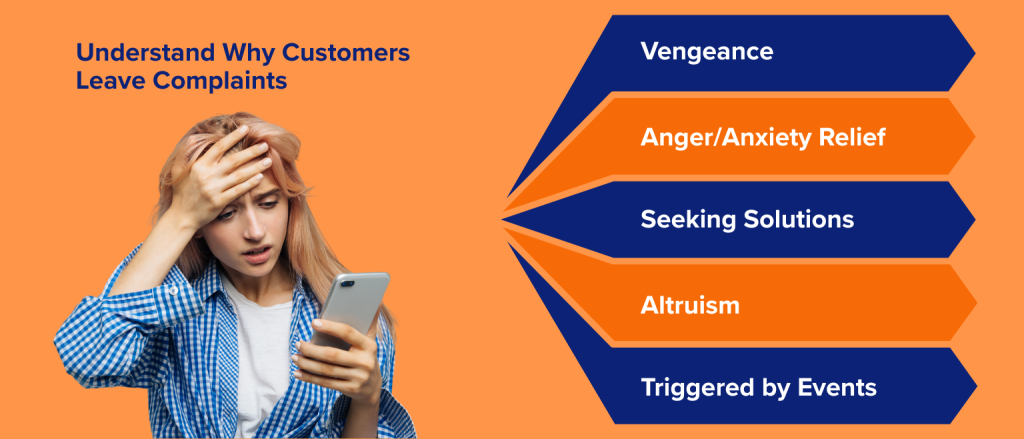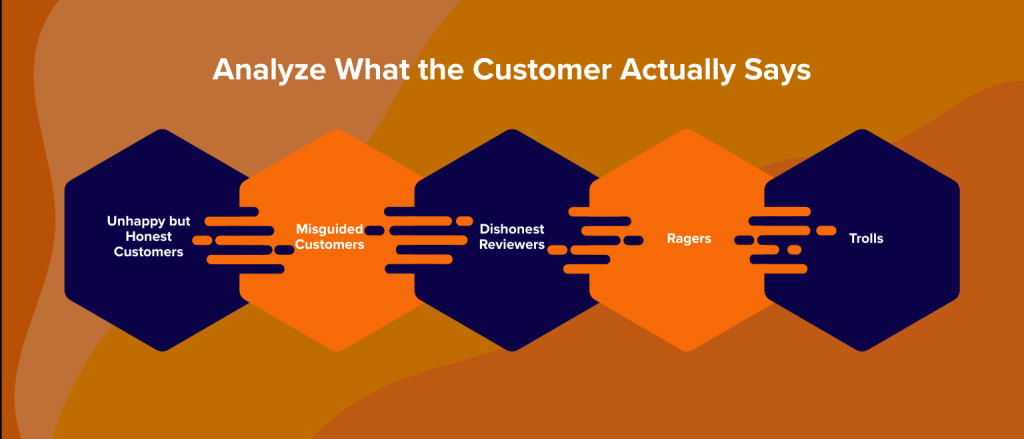
No business is immune to customer complaints. Whether you offer a product or service, dissatisfied customers are part of doing business. Effectively addressing concerns isn’t just a customer service task—it’s a critical component of reputation management, retention strategy, and overall business growth.
In this guide, we’ll break down a strategic, psychology-backed framework to identify different types of complaints, understand reviewer motivations, and respond in a way that protects your brand while potentially turning critics into loyal advocates.
A Proven Framework for Resolution
Negative feedback doesn’t always come from the same place. To address a complaint properly, you must start by understanding the person behind the message. Is this a customer trying to resolve a genuine issue—or someone just looking for a reaction?
A smart approach means identifying who your reviewers are, why they’re upset, and how to move toward a resolution.
Understand Why Customers Leave Complaints

Before jumping to solutions, step back and ask: Why did this customer feel compelled to complain?
Here are the five most common motivations:
- Vengeance
They feel personally wronged. Maybe a promise wasn’t fulfilled, or they felt mistreated. Their review is emotionally charged and aims to “get even.” - Anger/Anxiety Relief
These customers are venting. The complaint might be dramatic, but it comes from stress or frustration and a need for emotional release. - Seeking Solutions
They want help but don’t trust direct support channels. Their review is a call for answers—and help. - Altruism
They believe they’re doing others a favor by warning them. These reviewers think their honesty will protect future customers. - Triggered by Events
Social issues, politics, or a personal experience outside your business can drive these reviews. Their complaint may seem exaggerated due to unrelated frustrations.
When you understand why a customer is complaining, you can choose the right tone and tactic in your response.
Analyze What the Customer Actually Says

Not all complaints are equal. Evaluating the actual content of a review can help you classify the customer and determine your next move.
Here are the five most common types of reviewers:
- Unhappy but Honest Customers
These customers share specific, actionable feedback. They genuinely want resolution and are open to it. - Misguided Customers
Their expectations were off. They might have misunderstood a feature, policy, or process. They’re frustrated, but their complaint may stem from a knowledge gap. - Dishonest Reviewers
These individuals might exaggerate or lie to gain compensation or discredit your business. Their complaints can be manipulative or opportunistic. - Ragers
Their reviews are emotionally explosive, often laced with threats, sarcasm, or personal attacks. Their primary goal is to punish. - Trolls
Trolls aren’t interested in truth or resolution. They want a reaction and thrive on negativity. Their goal is disruption, not resolution.
How to Respond: A Strategic Complaint Response Workflow
When handling complaints, context is everything. Here’s a decision-making flow to guide your approach
Step 1: Determine if the Review Is Fair and Balanced
A fair review may be critical but factual. An unfair one may be full of emotion, exaggeration, or deception.
If the review is fair:
- Respond with empathy and action.
- Thank the reviewer for their feedback.
- Share how you’ll resolve the issue.
If the review is unfair:
- Determine the motivation behind it.
- Decide whether to respond publicly, privately, or not at all.
Step 2: Choose the Right Response Based on Reviewer Type
If the reviewer is unhappy but honest:
- Acknowledge their issue.
- Apologize sincerely.
- Offer next steps or compensation if appropriate.
If the reviewer is misguided:
- Gently correct misinformation.
- Offer context or references (FAQs, policies, etc.).
- Keep the tone neutral and helpful.
If the reviewer is dishonest:
- Suggest that you’re not fully aligned (we’re sorry your recollection of the events is different than our own)
- Provide evidence or context.
- Stay calm—never accuse or escalate.
- Let your professionalism speak louder than their falsehoods.
If dealing with ragers:
- Avoid emotional engagement.
- Respond calmly and briefly, if at all.
- Escalate only if legally necessary.
If it’s a troll:
- Do not respond.
- Report, flag, and monitor.
- Let their behavior stand on its own.
How to Deal with Customer Complaints with Best Practices

The best responses come from a place of professionalism, empathy, and awareness. Here’s what to keep in mind:
1. Listen to Understand
2. Be Transparent
3. Cite Reliable Sources
4. Respond Quickly
5. Maintain a Professional Tone
6. Provide a Clear Path Forward
7. Escalate When Needed
8. Prioritize High-Impact Platforms
The Ultimate Goal: Protecting Reputation and Building Trust
Every customer complaint is a chance to prove your brand’s integrity. People don’t expect perfection—they expect you to care. When you respond strategically, you create a contrast between your professionalism and any negativity in the review.
That’s what earns trust.
Over time, your responses become part of your public narrative. Future customers read them to judge your values and how you treat people.
My Review Concierge: A Game-Changing Solution for Review Management
Dealing with complaints doesn’t have to be overwhelming. My Review Concierge is a powerful software solution designed to help business owners monitor, manage, and respond to online reviews with ease.
With real-time alerts, response templates, sentiment analysis, and platform integration, you stay in control of your reputation—without spending hours doing it manually.
It’s time to take the stress out of online reviews—and turn them into opportunities.




